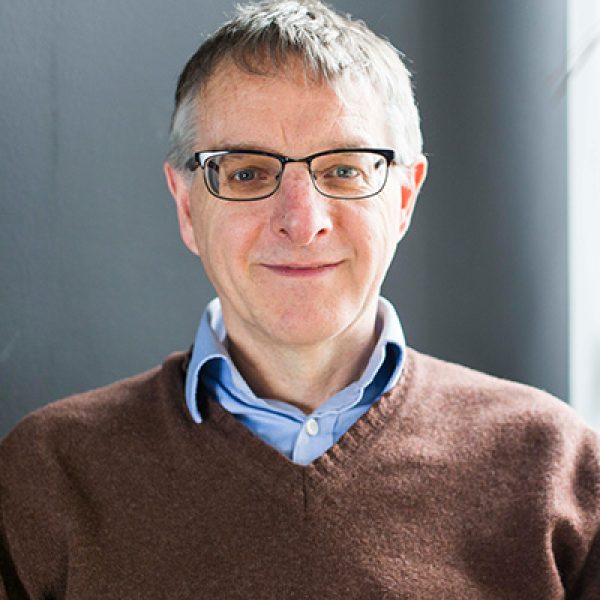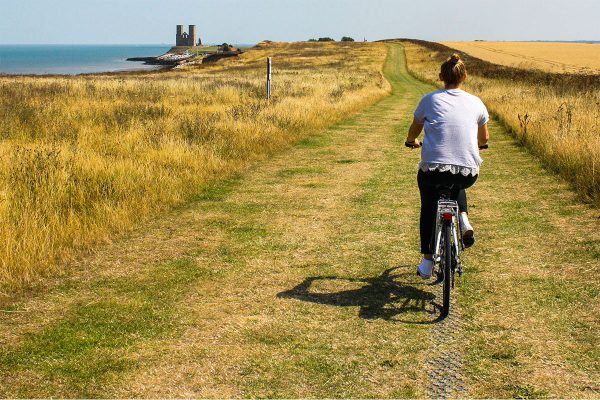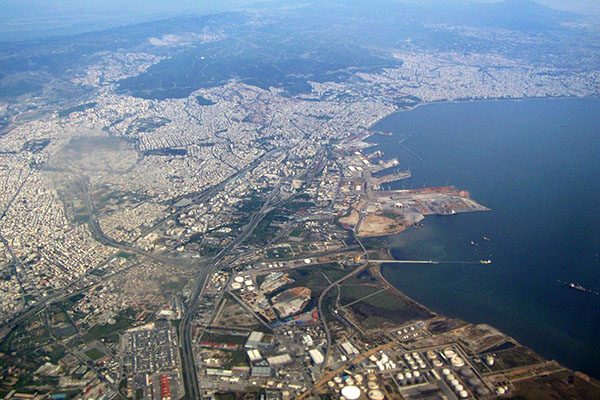Introduction
This interdisciplinary research project examined the health and wellbeing effects of regenerating an inner city beach in Plymouth, UK.
The intersectoral collaboration also involved Plymouth City Council and Devon Wildlife Trust. Working together with the local community, the team designed, constructed and measured the impact of this blue intervention.
Urban beach in Teats Hill
Teats Hill is a small urban beach set within a small park in Plymouth harbour, an area historically used for maritime industry and services.
The area experienced a phase of urban regeneration in the 1980s, with the building of the National Marine Aquarium, social housing developments and facilities such as the Plymouth University Marine Station. Since this time some of these public spaces, such as the beach in Teats Hill, had deteriorated in terms of quality and accessibility.
As a public green space in an urban area with direct access to the foreshore, BlueHealth researchers identified the Teats Hill area as an ideal site for the project.
Read the Active Neighbourhoods report about the site and intervention here.
Methodology
This project adopted a comprehensive, interdisciplinary and multimethod approach to plan and design the blue space.
The central importance was to test the effect of a small scale blue space intervention using Urban Acupuncture, in relation to enhancing contact with the water and encouraging health-promoting activities like walking, running and kayaking. The project also analysed the social and economic value of the intervention.
Planning phase
A series of stakeholder meetings and public engagement events were conducted to gather evidence to inform the design. BlueHealth landscape architects shared designs with local residents at events organised by Plymouth City Council.
The team used questionnaires to find out how people use the site for recreation, and how they rate its existing quality and safety. They cross-referenced the responses with self-reported health and wellbeing while drawing on BlueHealth systematic research.
The final design was chosen to meet local needs for safer access to the water and spaces for community events.
Design and build
Using the evidence gathered during the planning stage, a complex intervention was designed. It combined multiple components and encouraged people to interact with, on, or close to the water. Construction was completed in 2018 including:
- An open air theatre designed to encourage community events and interactions.
- Landscaped areas and grassland with open views to the water to enhance and protect connections to the natural environment.
- Improvements to the water slipway for easy and safe access to the water for activities like paddling and kayaking.
- Improvements to seating areas, bins and play equipment, making the space more welcoming for local families and to create spaces for the whole community of all ages to sit and relax.
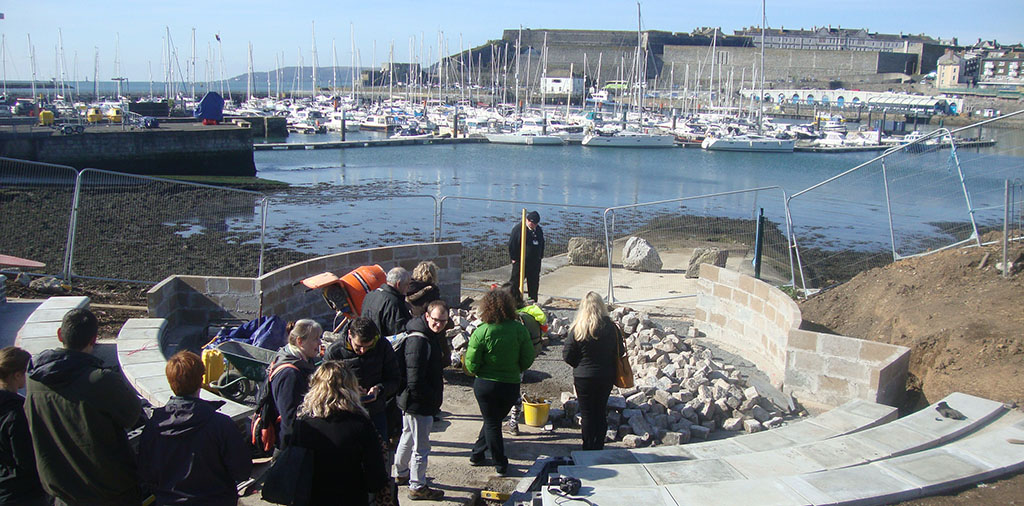
The project team visit the construction in progress.
Results
From our analyses, we have found evidence that the intervention has changed people’s perceptions of community cohesion which has improved both: (a) people’s satisfaction with their own lives, and (b) their recent psychological wellbeing.
Evidence also suggests that the regeneration project has increased the number of people using the site for health-promoting activities that can be linked to improving public health and wellbeing in the community. In summary, these findings include:
- Increased activities in the renovated area versus the non-renovated area, including more people sitting and relaxing in the space.
- Increased use by children, females and older adults who visit the new space for healthy lifestyle activities that promote health and social interactions.
- Increased use for group activities such as community events, providing opportunities for children, teens and older adults to interact with, near, or on, the water.
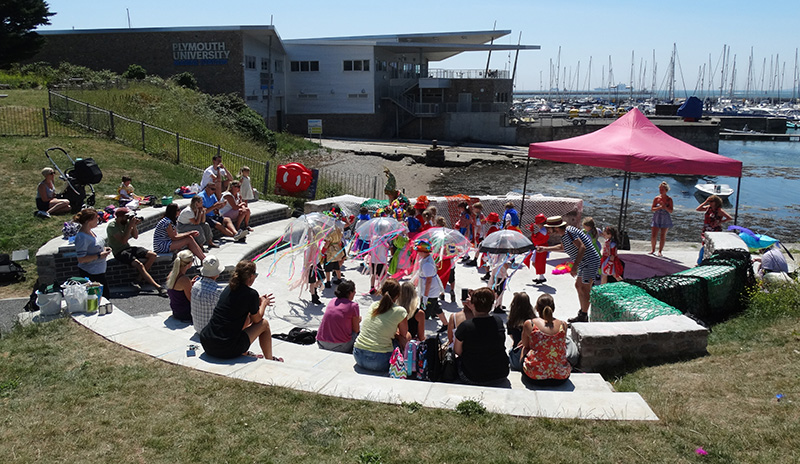
Community events now take place outside in the open air theatre.
Summary
This project demonstrates the value of regenerating urban blue spaces even if they are small in size. For example, while Teats Hill is a relatively small beach, it has still encouraged community engagement, outdoor activities and social inclusion which benefits public health in the city.
The research collaboration between Plymouth City Council, Devon Wildlife Trust and BlueHealth, also highlights the benefits of exchanging knowledge between sectors to inform designs and maximise community engagement.
This collaboration, coupled with the evidence and systematic research from the planning phase, helped us to successfully co-design and regenerate a blue space that puts community needs first while maximising the potential health benefits.





